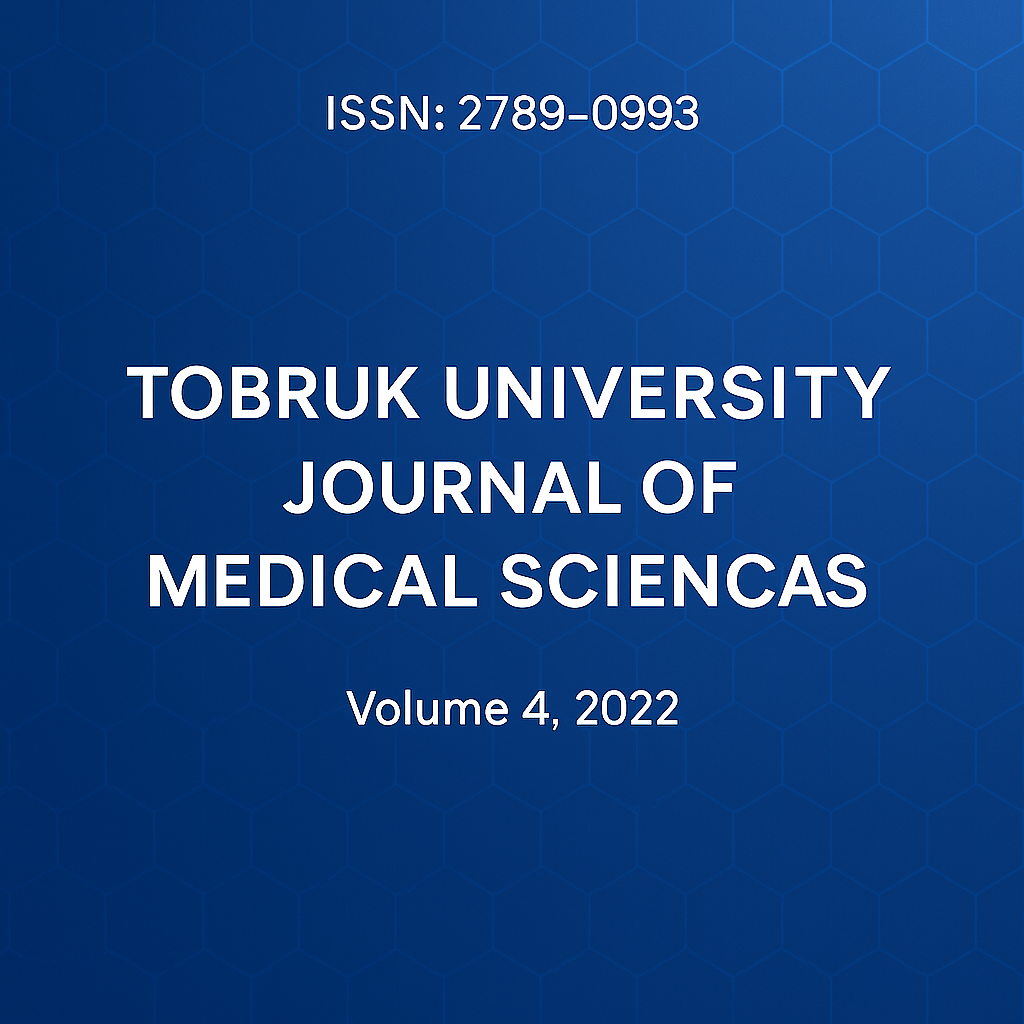Effect of Mulligan Concept Lumbar (SNAG) on Neuro Radiculopathy In the Patients With Lumbar Disc Herniation (LDH)
DOI:
https://doi.org/10.64516/30z84z17Keywords:
Pain, Lumbar disc herniation, Neural tissue mobilization, Facet joint, immobilization, DisabilityAbstract
This study is to shed light on lumbar disc herniation (LDH) with radiculopathy that is considered one of the most common diagnoses encountered in orthopedic clinical practice and it is believed to be a major contributor to the estimated 60-80% lifetime incidence of low back pain. The effectiveness of Sustained Natural Apophyseal Glides (SNAG) technique of Mulligan on Neuroradiculopathy in the patients with lumbar disc herniation (LDH). The researchers were used the experimental method due to its suitability to the nature of the research with the one experimental group system. Tribal, interlayer, and dimensional measurements were made for the variables. The measurement of the variables under study was applied from the tribal, interlayer, and dimensional measurements of the anthropometric and physiological variables. the muscle strength, the range of motion, the degree of pain perception. The study sample was subjected to the (SNAG) technique for Mulligan for a period of (2) months, at a rate of (24) sessions in order to achieve the objectives of the study. Ten patients were participated in this study with lumbar disc herniation (LDH)L4-L5-S1. The research sample included (n=10men,) patients with slipped lumbar cartilage men are between (25-45) years old. Lumbar Disc Herniation (LDH) were randomly one experimental group system. The study group (aged 25- 45, 10 men ) received a conventional physical therapy program consisted of stretching and strengthening exercises plus (SNAG) (based on the Mulligan concept) on the affected lumbar levels, (SNAG) (3) times per week for (2) month. Outcome measures were repositioning error (the primary outcome), pain, and function measured by an kinetic dynamometer, visual analog scale(VAS), and the Oswestry Disability Index(ODI). Measurements were recorded before and after the end of the treatment period. The result showed that the qualification program and the use of (SNAG) technology for Mulligan had a clear effect. Which led to improvement in all research variables in the measurements (VAS) and (ODI) of people with a lumber herniated disc, through the application of the motor rehabilitation program and the use of (SNAG) technique of Mulligan in the sample to which the program was applied. The study concluded that preliminary study indicated improvement in group Adding (SNAG) to conventional programs in the treatment of chronic nonspecific (LDH) may result in greater improvement of repositioning error, pain reduction, and improved function
References
1. Anderson PA, McCormick PC, Angevine PD. Randomized controlled trials of the treatment of lumbar disk herniation: 1983–2007. J Am Acad Orthop Surg. 2008;16:566–573
2. McCulloch JA, Edwards CC II, Riew KD. Lumbar microdiscectomy. In: Bradford DS, Zdeblick TA, editors. Master Techniques in Orthopaedic Surgery: The Spine. Philadelphia, USA: Lippincott Williams & Wilkins; 2002
3. Bono CM, Wisneski R, Garfin SR. Lumbar disc herniations. In: Herkowitz HN, Garfin SR, Eismont FJ, Bell GR, Balderston RA, editors. The Spine. 5th ed. Philadelphia, USA: Saunders; 2006
4. Tarulli AW, Raynor EM. Lumbosacral radiculopathy. Neurology Clinic. 2007;25:387–405
5. Atlas SJ, Chang Y, Kammann E, Keller RB, Deyo RA, et al. Long-term disability and return to work among patients who have a herniated lumbar disc: the effect of disability compensation. J Bone Joint Surg Am. 2000;82:4–15
6. Kreiner DS, Hwang SW, Easa JE, Resnick DK, Baisden JL. An evidence-based clinical guideline for the diagnosis and treatment of lumbar disc herniation with radiculopathy. Spine J. 2014;14:180–191
7. Schenk RJ, Jozefczyk C, Copf A. A randomized trial comparing intervention in patient with lumbar posterior derangement. J Man Manip Ther. 2003;11:95–102
8. Koes BW, van Tulder MW, Peul WC. Diagnosis and treatment of sciatica. BMJ. 2007;334:1313–1317
9. Schoenfeld AJ, Weiner BK. Treatment of lumbar disc herniation: evidence-based practice. Int J Gen Med. 2010;3:209–214
10. Airaksinen O, Brox JI, Cedraschi C, Hildebrandt J, Klaber-Moffett J, et al. Chapter 4 European guidelines for the management of chronic nonspecific low back pain. Eur Spine J. 2006;15:S192–S300
11. Sertpoyraz F, Eyigor S, Karapolat H. Comparison of isokinetic exercise versus standard exercise training in patients with chronic low back pain: a randomized controlled study. Clin Rehabil. 2009;23:238–247
12. Carragee E. Surgical treatment of disk disorders. JAMA. 2006;296:2485–2487
13. Majlesi J, Togay H, Unalan H, Toprak S. The sensitivity and specificity of the slump and the straight leg raising tests in patients with lumbar disc herniation. J Clin Rheumatol. 2008;14:87–91
14. Hoy D, Bain C, Williams G, et al. A systematic review of the global prevalence of low back pain. Arthritis Rheum. 2012;64(6):2028–2037
15. Hidalgo B, Detrembleur C, Hall T, Mahaudens P, Nielens H. The efficacy of manual therapy and exercise for different stages of non-specific low back pain: an update of systematic reviews. J Man Manip Ther. 2014;22(2):59–74
16. Mulligan B. Manual Therapy: NAGs, SNAGs, MWMs. 4th ed. Wellington, NZ: Plane View Services Ltd; 2004
17. Konstantinou K, Foster N, Rushton A, Baxter D, Wright C, Breen A. Flexion mobilizations with movement techniques: the immediate effects on range of movement and pain in subjects with low back pain. J Manipulative Physiol Ther. 2007;30(3):178–185
18. Paungmali A, O'Leary S, Souvlis T, Vicenzino B. Hypoalgesic and sympathoexcitatory effects of mobilization with movement for lateral epicondylalgia. Phys Ther. 2003;83(4):374–383
19. Tudini F, Chui K, Grimes J, et al. Cervical spine manual therapy for aging and older adults. Top Geriatr Rehabil. 2016;32(2):88–105
20. Kazmi SAM, Iqbal S, Rafi MS, Hamidi K. Immediate effects of spinal manipulation compared to Mulligan sustained natural apophyseal glide mobilization technique in cervical pain. Pak J Rehabil. 2012;1(2):1–8
21. Moutzouri M, Billis E, Strimpakos N, Kottika P, Oldham JA. The effects of the Mulligan sustained natural apophyseal glide (SNAG) mobilisation in the lumbar flexion range of asymptomatic subjects as measured by the Zebris CMS20 3-D motion analysis system. BMC Musculoskelet Disord. 2008;9:131
22. Moutzouri M, Perry J, Billis E. Investigation of the effects of a centrally applied lumbar sustained natural apophyseal glide mobilization on lower limb sympathetic nervous system activity in asymptomatic subjects. J Manipulative Physiol Ther. 2012;35(4):286–294
23. Anap DB, Khatri S. Is sustained natural apophyseal glides combined with conventional physiotherapy effective for patients with facet joint syndrome? A case series. Int J Med Res Health Sci. 2014;3(4):1066–1071
24. Hidalgo B, Pitance L, Hall T, Detrembleur C, Nielens H. Short-term effects of Mulligan mobilization with movement on pain, disability, and kinematic spinal movements in patients with nonspecific low back pain: a randomized placebo-controlled trial. J Manipulative Physiol Ther. 2015;38(6):365–374
25. Heggannavar A, Kale A. Immediate effect of modified lumbar SNAG in non-specific chronic patients: a pilot study. Physiother Res. 2015;3(3):1018–1023
26. Riemann BL, Lephart SM. The sensorimotor system, part II: The role of proprioception in motor control and functional joint stability. J Athl Train. 2002;37(1):80–84
27. Georgy EE. Lumbar repositioning accuracy as a measure of proprioception in patients with back dysfunction and healthy controls. Asian Spine J. 2011;5(4):201–207
Downloads
Published
Issue
Section
License
Copyright (c) 2022 Mahmud Buhaiba, Yousef Diab, Naser Amein, Saad Elbarasi (Author)

This work is licensed under a Creative Commons Attribution 4.0 International License.











